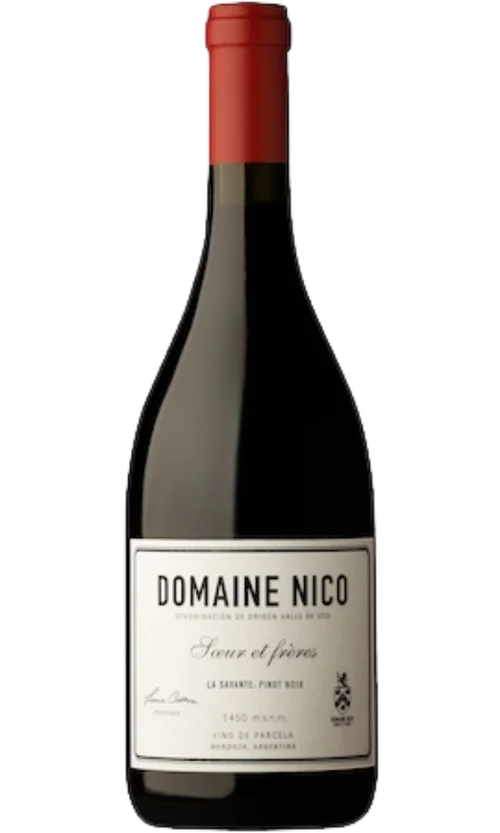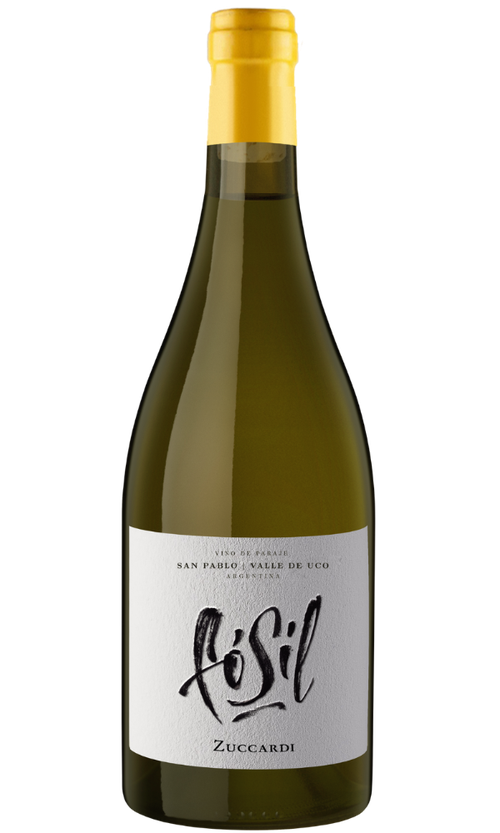
Wine from Argentina
Region
North America
Europe
Other
Collections
- Organic
- 2022 Domaine Nico Soeur et Freres Pinot Noir Histoire d'A Mendoza
Price was$55
$47- $47 1--1 bottles 15% off
- 2020 Tapiz Black Tears Malbec Mendoza Uco Valley$47
- $47 1--1 bottles 0% off
- Limited Time Offer2023 Catena Zapata Chardonnay White Bones Adrianna River Vineyard Gualtallary Mendoza
Price was$136
$115- $115 1--1 bottles 15% off
- You're on page1
- You're on page1












